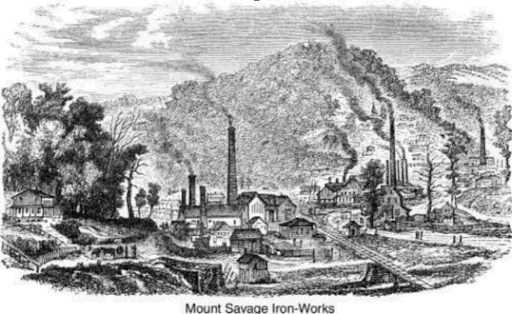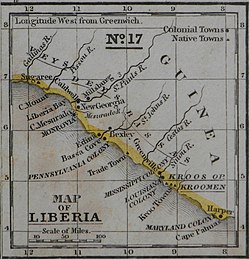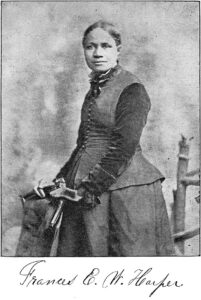The Maryland and New York Iron and Coal Company is incorporated in 1837 as the Mount Savage Iron Works. Within three years, the operation of two blast furnaces north of Frostburg, followed by puddling furnaces and a rolling mill, make the Mount Savage Iron Works the largest in the U.S. The Works produce the first heavy iron rails for B&O railroad construction. By 1845, Mount Savage is producing 200 tons of iron a week. Established in an area rich in coal, iron ore and fire clay, the Mount Savage community grows quickly as an industrial center. Faced with financial problems and competition from mills in Pennsylvania and the Great Lakes, the Iron Works cease production in 1870. A large brickmaking operation and locomotive construction continues into the early 20th century. The Works, along with the Ellicott Mills in Ellicott City, lead to strong early industrial growth for the U.S. in Maryland.

The Water’s Edge Museum opens
The Water’s Edge Museum opens in 2021, featuring works of white painter Ruth Starr Rose who chronicles an African American Eastern Shore maritime community in the 1930s.





